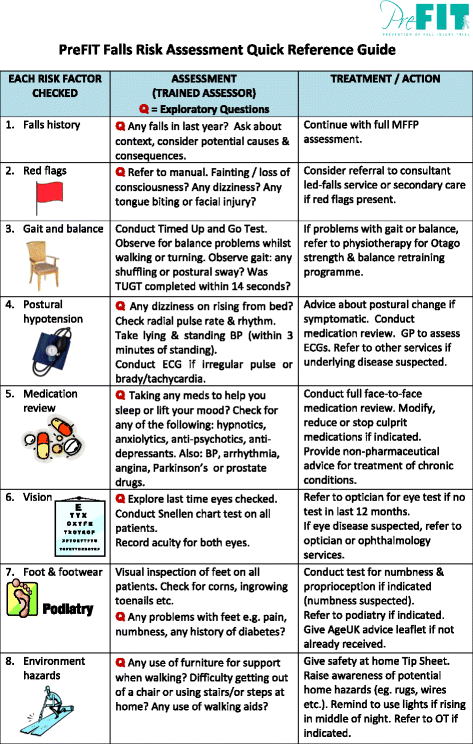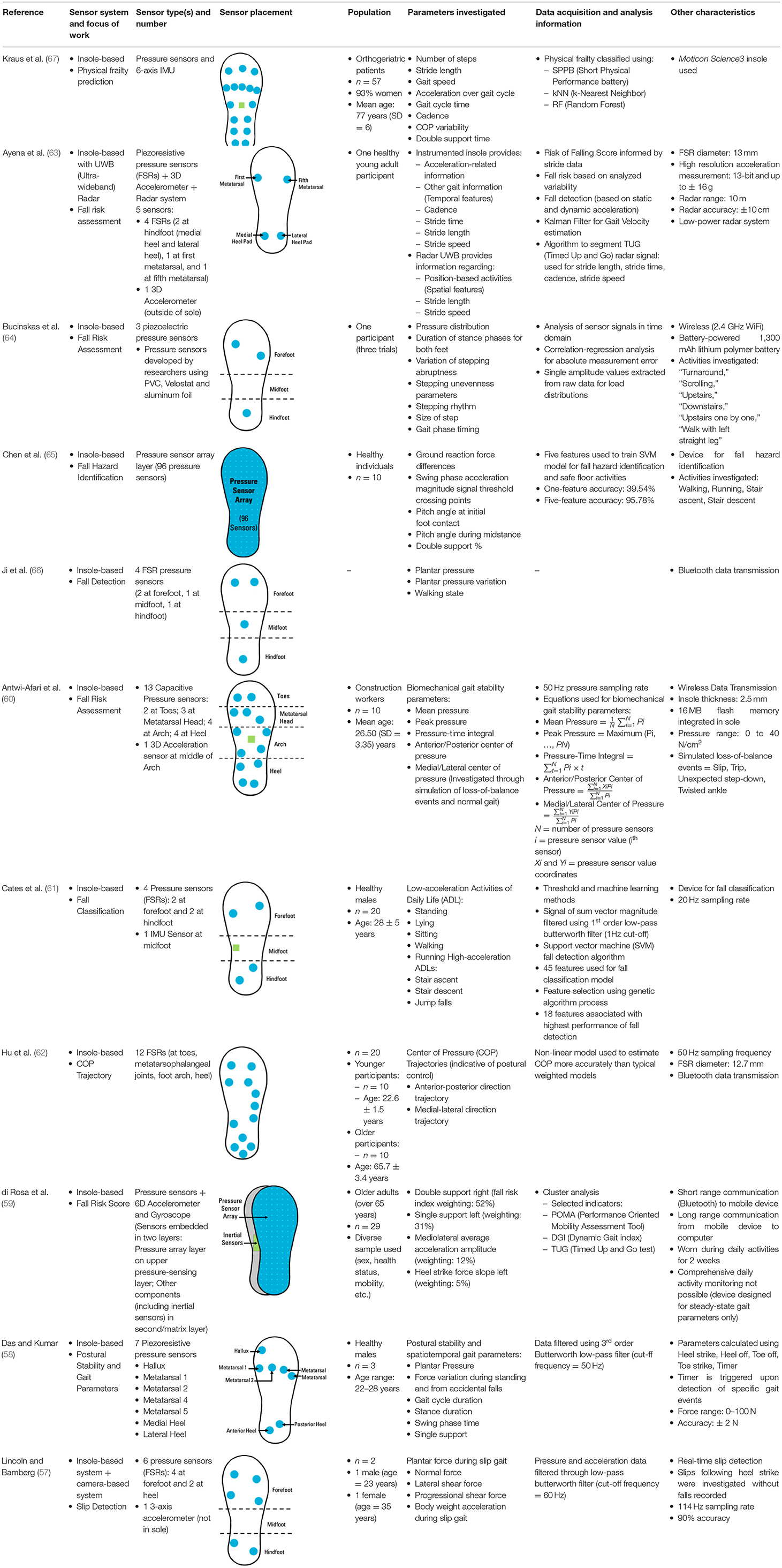Our Dementia Fall Risk PDFs
Our Dementia Fall Risk PDFs
Blog Article
Dementia Fall Risk Fundamentals Explained
Table of ContentsAbout Dementia Fall RiskThe Basic Principles Of Dementia Fall Risk The Dementia Fall Risk PDFs6 Easy Facts About Dementia Fall Risk Explained
A fall threat evaluation checks to see just how most likely it is that you will drop. It is mostly provided for older grownups. The evaluation generally consists of: This consists of a series of concerns regarding your total health and if you have actually had previous falls or issues with balance, standing, and/or strolling. These tools evaluate your strength, equilibrium, and gait (the way you stroll).STEADI includes testing, evaluating, and treatment. Interventions are referrals that might decrease your risk of dropping. STEADI consists of three actions: you for your threat of falling for your threat aspects that can be enhanced to attempt to stop falls (for instance, balance troubles, damaged vision) to decrease your risk of falling by utilizing efficient strategies (as an example, providing education and learning and sources), you may be asked a number of inquiries consisting of: Have you dropped in the past year? Do you feel unstable when standing or walking? Are you stressed about dropping?, your supplier will check your strength, balance, and gait, using the complying with fall evaluation devices: This examination checks your gait.
If it takes you 12 seconds or more, it might mean you are at higher threat for a fall. This test checks stamina and balance.
The settings will certainly get more challenging as you go. Stand with your feet side-by-side. Relocate one foot midway ahead, so the instep is touching the huge toe of your other foot. Move one foot fully in front of the other, so the toes are touching the heel of your various other foot.
The Basic Principles Of Dementia Fall Risk
A lot of drops happen as a result of numerous adding elements; therefore, taking care of the threat of dropping begins with identifying the factors that add to fall danger - Dementia Fall Risk. Some of one of the most appropriate risk variables include: History of prior fallsChronic clinical conditionsAcute illnessImpaired gait and balance, lower extremity weaknessCognitive impairmentChanges in visionCertain high-risk medicines and polypharmacyEnvironmental factors can likewise increase the risk for drops, including: Inadequate lightingUneven or harmed flooringWet or slippery floorsMissing or damaged hand rails and get hold of barsDamaged or improperly fitted equipment, such as beds, mobility devices, or walkersImproper use assistive devicesInadequate supervision of the people living in the NF, consisting of those that display aggressive behaviorsA effective autumn risk management program calls for an extensive scientific evaluation, with input from all members of the interdisciplinary group

The care strategy ought to additionally consist of treatments that are system-based, such as those that promote a secure atmosphere (appropriate lights, handrails, order bars, and so on). The effectiveness of the treatments ought to be assessed periodically, and the treatment strategy modified as essential to show modifications in the fall threat analysis. Carrying out a fall risk administration system using evidence-based finest technique can lower the prevalence of drops in the NF, while restricting the capacity for fall-related injuries.
4 Easy Facts About Dementia Fall Risk Described
The AGS/BGS standard advises screening all adults matured 65 years and older for loss risk every year. This screening includes asking people whether they have fallen 2 or more times in the past year or looked for clinical focus for a fall, or, if they have actually not fallen, whether they really feel unsteady when walking.
People that have actually fallen once without injury ought to have their balance and stride examined; those with stride or equilibrium problems should obtain additional assessment. A history of 1 fall without injury and without gait or balance problems does not warrant more evaluation beyond continued yearly fall danger screening. Dementia Fall Risk. An autumn danger analysis is needed as part of the Welcome to Medicare evaluation

Dementia Fall Risk for Beginners
Documenting a drops history is one of the top quality signs for loss avoidance and management. copyright medications in certain are independent forecasters of falls.
Postural hypotension Web Site can typically be minimized by minimizing the dosage of blood pressurelowering medications and/or quiting medicines that have orthostatic hypotension as a side effect. Usage of above-the-knee support hose and copulating the head of the bed elevated may also decrease postural decreases in high blood pressure. The recommended components of a fall-focused checkup are received Box 1.

A pull time above or equivalent to 12 secs recommends high loss danger. The 30-Second Chair Stand examination examines lower extremity toughness and balance. Being incapable to stand from a chair of knee height without using one's arms shows raised autumn risk. The 4-Stage Equilibrium examination assesses fixed balance by having the client stand in 4 positions, each gradually a lot more tough.
Report this page